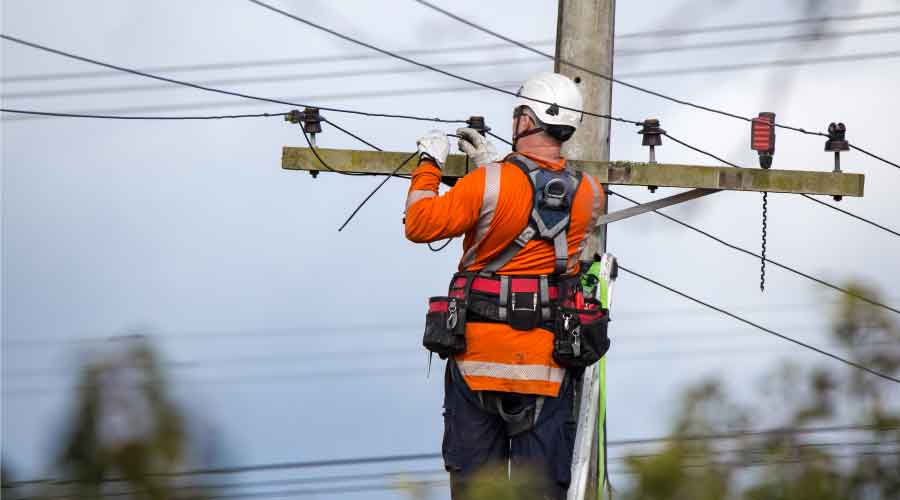
How Can Blockchain Benefit Facility Management?
Blockchain is more commonly associated with cryptocurrency, but it does have some potential advantages for facility management. July 22, 2022
By Greg Zimmerman, senior contributing editor
Even as data center technology improves and becomes more energy efficient, a changing and increasingly digital world is hungrier than ever for electricity. As one example, a recent story on GreenBiz pointed out again how much energy mining cryptocurrency requires. One bitcoin transaction requires 1,200 kwh of electricity, the story says – the same amount as 100,000 Visa transactions.
If you know your bitcoins from your Ethereums, you probably know that crypto is powered by blockchain technology – a decentralized digital ledger of transactions. Which brings us to the point: With all the press about how much electricity crypto uses, on the other side of the coin, are there ways blockchain can actually be useful for facility management?
Four years ago, we waded into this topic with a story about blockchain and facility management, but a lot has changed since then. Especially during the pandemic, blockchain became useful because it is a permanent, cloud-based registry. That means, in theory, it’s much more secure for facility data than other cloud-based systems.
Blockchain technology also has potential as an asset management tool and to manage that asset’s data over its life. According to digital consulting firm intellis, blockchain has three potential benefits for facility management: life-cycle assessment, life-cycle cost, and life-cycle analysis. Further, as facilities have more IoT devices and are collecting more data, cybersecurity is more of an issue. Blockchain is more secure so storing and analyzing IoT data with blockchain technology can help prevent cyberattacks.
Blockchain still has a long way to go to common adoption in facility management. But for the right facility situation, blockchain does offer advantages.
Greg Zimmerman is senior contributing editor for FacilitiesNet.com and Building Operating Management magazine
Next
Read next on FacilitiesNet












